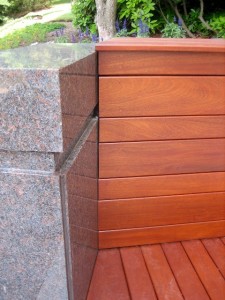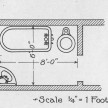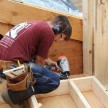Do I need a Landscape Architect?
What Can A Landscape Architect Do For Me?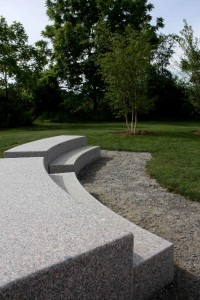
The technical definition of Landscape architecture is the design of outdoor and public spaces to achieve environmental, socio-behavioral, and/or aesthetic outcomes. It involves the systematic investigation of existing social, ecological, and geological conditions and processes in the landscape, and the design of interventions that will produce the desired outcome.
The scope of the profession includes: urban design; site planning; town or urban planning; environmental restoration; parks and recreation planning; visual resource management; green infrastructure planning and provision; and private estate and residential landscape master planning and design; all at varying scales of design, planning and management. A practitioner in the profession of landscape architecture is called a landscape architect.
Granite hardscape materials
OK, that’s great, but what can a Landscape Architect (LA) do for me? As reader of the Concord Carpenter, you were probably drawn to Rob’s site by a specific question or specific need. An LA is the exterior architect working in concert with your building architect to create outdoor spaces or rooms that supplement, enhance and beautify the exterior of your home. This includes all types of structures and external space – large or small, and with “hard” (built) and “soft” (planted) materials, while integrating ecological sustainability.
A Landscape architect is usually a ‘jack of all trades’ with a multi-disciplinary background incorporating aspects of a variety of disciplines: botany, horticulture, the fine arts, architecture, geology, earth sciences, environmental psychology, ecology, and environmental law. With a background in, or general knowledge of, these assorted fields, an LA can work with you to design landscapes and spaces that can be a
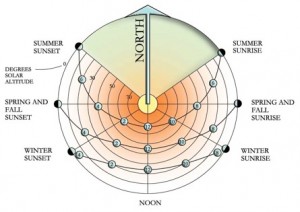
s small as an intimate courtyard or new entry or as large as a master plan and construction documents for your entire property.
Sun Dial
Landscape Architecture involves the creative manipulation of the physical environment. Every site is a unique combination of existing site conditions and the owner’s dreams and visions. The LA blends the unique set of site conditions, the client’s personal objectives, his design skills, and centuries of design theory to create landforms and spaces tailored to the individual.
The first stage of a project is to gain an understanding of the land and generate ideas with technical knowledge and creative flair for the design, organization, and use of spaces. An intimacy with the site, the exposure to sun, to wind, soils, drainage patterns, adjacent land use, zoning, etc. will help influence the design direction.
Existing Conditions/Site Analysis
With existing condition information in hand and armed with the owner’s list of desired uses and improvements, the landscape architect can develop the overall concept and prepare the master plan.
Detailed development drawings might include roads, paths, terraces, retaining walls, special garden areas or particular specimen plants, fences, fountains, a swimming pool or tennis court.
The LA can also review proposals to authorize and supervise contracts for the construction work.
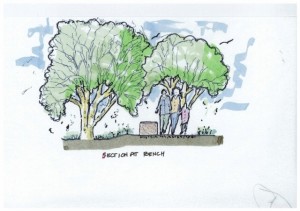
A can also review proposals to authorize and supervise contracts for the construction work.
Concept Sketch
Landscape Architects are generally the most well known for planting designs. Plantings are a critical component of an integrated site design but they are the final ingredient placed after the analysis, the site design, the construction documentation, site grading and hardscape installation.
Granite Wall and Mahogany Bench Detail
A landscape architect can create outdoor spaces to enhance and beautify the exterior of your home or property.



